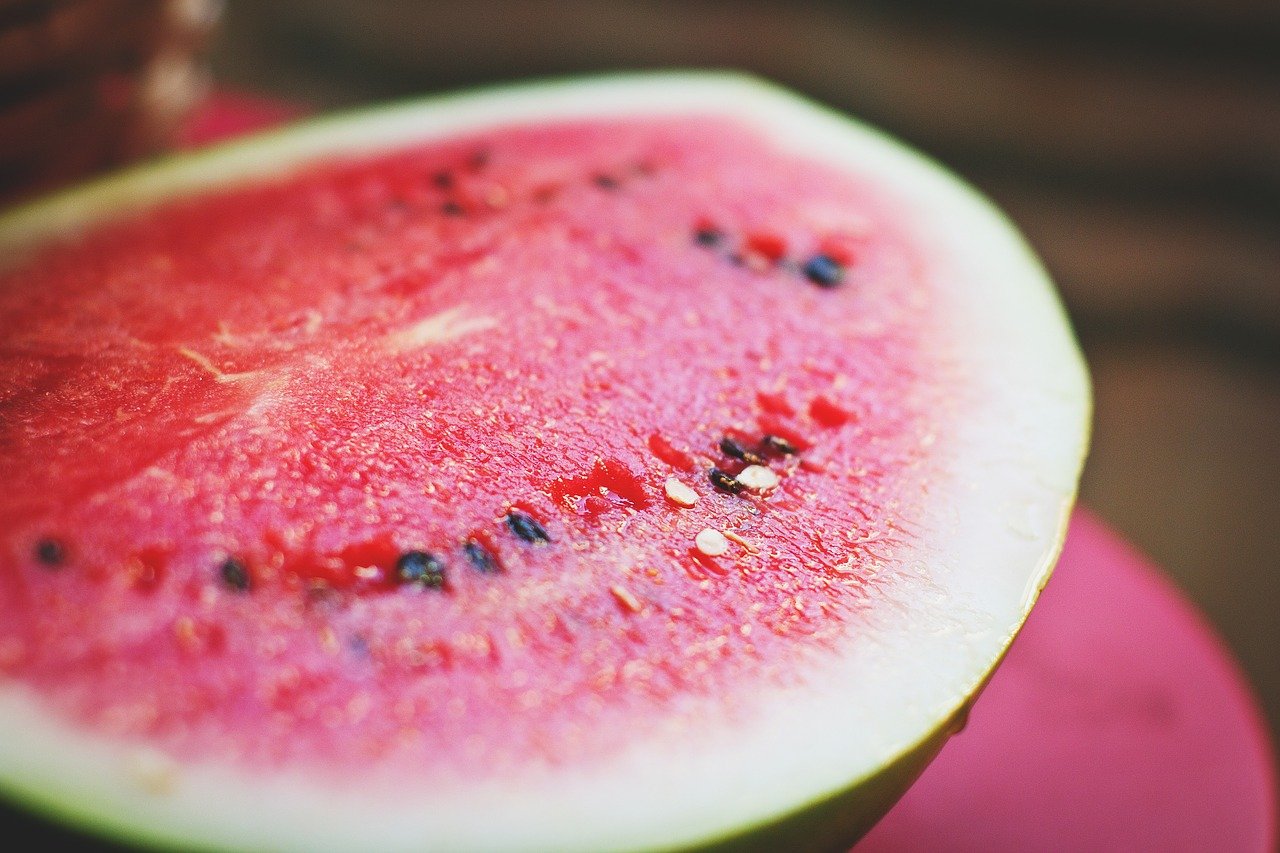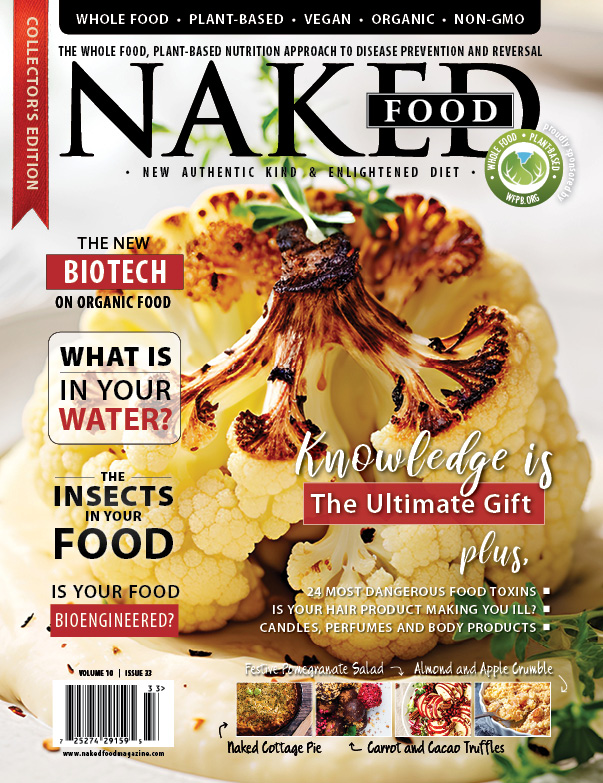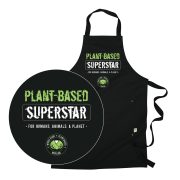An ingredient usually discarded, the watermelon rind is packed with phytonutrients, antioxidants, water, and beneficial fiber. It can be eaten raw or cooked, pickled together with the outer skin, made into jam, blended or juiced, or dried and ground.
Its content of citrulline, an important amino acid to the urea cycle, helps excrete ammonia and other toxins out of the body for improved detoxification. It is also beneficial for weight loss, reduces blood sugar, and cancer risk. It also improves hydration and alleviates constipation.
The watermelon and its rind acts as a vasodilator (dilating the blood vessels) and improves cardiovascular health and high blood pressure, helps oxygenate muscles, and improves poor blood flow, angina, and stamina.
Here are some of the benefits of the watermelon rind and tips on how to use it.
1. Weight Loss
Both the rind (and its flesh with 6 g of sugar/100 g), the white part of watermelon has very low sugar content. Watermelon flesh is low calorie with only 30 kcal/100 g, but the white part of is even lower in calories than the flesh due to having a significantly lower sugar content. A good source of both dietary fiber and water (but a lot lower in sugar than the flesh), the white part of watermelon helps maintain satiation and curb hunger.
2. Blood Sugar
Because it’s even lower in sugar than the sweet flesh, the white part of watermelon has a lower glycemic value and less of an effect on blood sugar levels in diabetics and non-diabetics alike.
3. Source of Citrulline
All the parts of the watermelon are considered one of the best natural sources of the amino acid citrulline. Studies show yellow watermelon is highest in citrulline, followed by orange watermelon and lastly the red watermelon.
4. Anti-Cancer and Antioxidant Benefits
It contains citrulline and colorless antioxidants, trace amounts of vitamin C and various polyphenols which scavenge free radicals that cause oxidative stress and help prevent, reduce and even repair cell damage. It is also a source of lycopene, an antioxidant that has shown to reduce cancer risk up to 34%. This antioxidant may also help ward off different types of cancer, such as those of the esophagus, stomach, pancreas, colon, and cervix.
5. Cardiovascular Health
Citrulline has scientifically proven circulatory benefits, notably vasodilating and vasoprotective benefits. The white part of watermelon further contributes to cardiovascular health by helping maintain blood volume and supplying small amounts of electrolytes such as potassium and magnesium.
6. High-blood Pressure
Citrulline ups production of the amino acid arginine, increasing levels in the blood. Arginine is required for the production of nitric oxide, a cell messenger that circulates in the blood and signals to blood vessel muscles to relax. This improves blood flow and lowers blood pressure numbers. Trace amounts of potassium and magnesium contribute to the antihypertensive benefits.
7. Poor blood flow and Angina
Nitric oxide synthesized from arginine via citrulline functions as a biological messenger, signaling to blood vessel muscles to relax. This dilates blood vessels and improves blood flow, resulting in benefits for high blood pressure and benefits for angina or chest pain.
8. Muscle and Athletic Performance
Citrulline contributes to a better oxygenation of muscles which supports exercise performance.
9. Benefits for men
The circulatory benefits of citrulline can also help boost stamina.
10. Hydration
The white part of watermelon rind along with the sweet flesh are both over 90% water which aid with dehydration-related tiredness, fatigue, dizziness, lethargy and headaches.
11. Constipation
A good source of fiber and high in water, the white part of watermelon has mild laxative properties, stimulating peristalsis and softening stools which results in more regular bowel movements that are easy to pass.
How to Use the Rind
The white part of the watermelon rind can be eaten raw along with the sweet flesh.
- Can be added to smoothies or juiced.
- Can be used together with the tough outer green skin to make preserves such as watermelon jam or fermented into pickled watermelon rinds.
- Can be candied in the same way as orange peels.
- Can be cooked and used as a culinary vegetable (e.g. stewed, stir-fried, grilled) or used raw in salads and appetizers.
- The entire rind (with the outer skin) can be used to make watermelon rind tea which was once consumed for its medicinal properties. However, there is a concern for side effects such as pesticide contamination if the watermelon is not from organic agriculture.
- Use in desserts like this Watermelon Rind Cobbler!


























